Robert Portner and Alexandria's Pre-Prohibition Brewing History
The history of brewing beer in the United States is a rich and storied one. Cities like St. Louis, Missouri and Milwaukee, Wisconsin resonate with most beer drinkers across the country as centers for American brewing. For Virginia residents, you might not realize how close Alexandria, Virginia came to being one of those brewing capitals. From the closing years of the Civil War until prohibition turned Virginia into a dry state, the Robert Portner Brewing Company was the leading brewery and distributor in the southeastern United States. Led by its visionary namesake, the Portner Brewing Company became the largest business in Alexandria and remains a fascinating tale of innovation.
In 1853, Robert Portner immigrated to America from Westphalia, Prussia. A natural businessman from the start, Portner spent eight years in business ventures before opening a small grocery store in 1861 with friend and fellow immigrant Frederick Recker. Within a year, Portner & Recker’s Grocery Store earned over $10,000 and became the largest grocery in Alexandria. At the time, Portner showed no signs of interest in starting a brewing company. Unfortunately, it would take the violence of the Civil War to bring him into his famous business.[1]
With the quartering of Union troops in Alexandria during the course of the war, demands for alcohol grew. Portner recognized this trend, gathering three other investors to design plans around their own small brewery. This business venture came at an advantageous time for Portner. In 1862, sales of alcohol were banned in Alexandria by the military governor of the city, mainly due to the public drunkenness and general sloppiness of the Union troops stationed there. Portner mentions some of the conditions in his memoirs:
“Soldiers who had consumed their quota of drink tumbled onto the streets and into the hands of guards, who marched them to the slave pen. On February 3, more than 125 men were arrested. The following night, 100 other rowdies sobered behind bars. Authorities policed the city as best they could by putting prostrated men in wheelbarrows and pushing them over rutted streets…”[2]
Though businesses that sold hard liquors suffered under these new regulations, the beer industry thrived, as beer was thought to be less intoxicating and generally harmless to consume.
Another factor contributing to the rise of beer consumption was the growing popularity of lager beer. Lagers were native to Germany and Austria before being brought to the United States with the wave of German immigrants in the 19th century. Lagers were lighter and more refreshing than American ales, making them a natural fit for the hot and humid summer months. Unfortunately, the yeast used to make lagers requires cooler temperatures, limiting the lager brewing to cooler months.[3]
As sales continued to grow, Portner sold his share in his grocery business and bought out the shares of his three brewing investors, becoming the sole owner of the newly named Robert Portner Brewing Company in 1865 — it could not have been a worse time.[4]
By the summer of 1865, the Civil War was over and federal troops began evacuating Alexandria. Suddenly, the demand for alcoholic beverages within the city plummeted. Portner’s factory was now filled with barrels of unsold beer and thousands of dollars of raw materials waiting to be used. To make matters worse, Portner’s brewmaster left the company to pursue his own business ventures. While Portner was a successful businessman, he knew very little about the brewing process in these early years. Determined to never be beholden to a brewmaster again, Portner taught himself as much as he could about the brewing process. He gained insight into brewing theory from Carl Wolters, who Portner would soon hire as his new brewmaster. The two men would spent 10–12 hours a day for months testing and experimenting in order to produce the perfect lager beer.[5]
To aid in this process, Portner created what would become the first practical artificial cooling and ice-making machines in July 1880. Prior to this, natural ice and cooling cellars were the only way to provide refrigeration on a large scale. Portner’s cooling device worked by direct ammonia expansion, where a solution of liquefied ammonia and water ran through pipes along walls and ceilings. As this solution rapidly changed into gas it drew heat and moisture from the surrounding air, cooling it. Smaller-scale cooling and ice-making machines existed prior to Portner’s, but his contributions worked on a large scale and were heralded as the first practical designs by trade magazines. His designs would later contribute to modern day air-conditioning technology. With Portner’s innovation, the brewing and transport of lager beer no longer remained limited to the cooler months—it now became a year-long process. So while cooling off indoors during the hot and humid summers of the Washington area with a cool glass or bottle of lager, tip your hat to the memory of Robert Portner.[6]
Together, Portner and Wolters would test and reformulate different brews for taste and consistency. Their experiments with lager beers paid off with two of Portner’s most famous blends, the Tivoli Hofbrau and Tivoli Cabinet (Tivoli being “I Lov It” spelled backwards). Within ten years, Portner Brewing Company’s sales tripled. With a majority of demand coming from southern states, Portner opened branch offices and bottling plants throughout Virginia, the Carolinas and Georgia. Beers shipped in refrigerated train cars with ice created from the Alexandria plant’s thirty-ton capacity ice maker, reaching great distances without spoilage. Soon nearly every restaurant and hotel across the South and the Mid-Atlantic served Robert Portner beers in their establishments. In 1890, plans were underway to build a new brewery and distribution center in Washington, D.C., at the southeast corner of Thirteenth Street and Maryland Avenue southwest. The Robert Portner Brewing Company was on its way to becoming one of the nation’s leading beer distributors.[7]
All good things eventually come to an end, and the Robert Portner Brewing Company faced two big challenges in the early twentieth-century that it couldn’t recover from: the growing movement of prohibition in Virginia and the death of Robert Portner in 1906. Prohibition movements were strong in Virginia in the years following the Civil War, with local churches and numerous “temperance” conventions denouncing peddlers of alcohol. Early movements called for the enforcement of “Sunday laws” to prevent the sale of alcohol on the Sabbath. Statewide efforts to license and regulate saloons began springing up in the early twentieth century, causing high prices on alcohol and large licensing fees barring entry to prospective distributors and saloon owners.[8]
With the death of Robert Portner in 1906, the weight of external pressures began to mount on the company. To combat the negative campaigns against alcohol and alcohol distributors, Robert Portner Brewing, along with many other brewers, began extolling the good qualities of their beer. Portner beers were “the best of tonics” and recommended “by physicians to all sufferers from nervous and weakening ailments.” It was claimed that the contents of one bottle of Tivoli Hofbrau would “frequently produce the most refreshing sleep, even in severe cases of insomnia.” Portner Brewing also began experimenting with non-alcoholic beverages or “near beers” and opening soda-only distribution lines in Virginia.[9]
The movement towards prohibition couldn’t be stopped, and a petition drive called for a statewide referendum on the banning of alcoholic beverages. Held on September 22nd, 1914, the referendum passed by nearly 35,000 votes. With this, Virginia would become a dry state on November 1st, 1916. With nowhere left to turn, the Robert Portner Brewing Company ended their production of alcoholic beverages and converted their warehouse space over to a wholesale feed business, handling stock for dairy and poultry feed. Though there was talk of a Robert Portner Brewing revival when the prohibition of alcohol sales ended in 1933, nothing came of it. The two main brewing houses in Alexandria and Washington were demolished and the Robert Portner Corporation dissolved in 1936.[10]
A century after its doors closed in 1916, the Portner beer legacy in Alexandria may yet return. Robert Portner’s great-great grandchildren Catherine and Margaret Portner look to revive their namesake’s vision when they open the Portner Brewhourse in the Van Dorn neighborhood of Alexandria in the summer of 2016. Not only serving as a brewery and restaurant, the Portner sisters look to create a testing kitchen for aspiring brewers, allowing them to “work on a recipe, see it sold and collect feedback and sales data on their own creation.” Much like how Robert Portner and Carl Wolters labored over their creations, the Portner sisters are offering that same opportunity to hopeful brewers. With this revival, Alexandria and the surrounding area will be able to relive the legacy of Robert Portner and Alexandria’s history as a pre-prohibition brewing capital.[11]
For more information about the history and current state of craft brewing in the Washington, D.C. area, watch this interview with Garrett Peck, author of the book Capital Beer: A Heady History of Brewing in Washington, D.C.
[video:http://watch.weta.org/video/2365225379/]
Footnotes
- ^ Timothy J. Dennee, Robert Portner and his Brewing Company, Alexandria Archaeology, 2010. Accessed online at https://www.alexandriava.gov/uploadedFiles/historic/info/archaeology/ARS.... “Robert Portner Dead,” The Washington Post, May 29, 1906.
- ^ Dennee, Robert Portner, pg. 32.
- ^ Bob Brewer, “Lager: The Most Popular Beer on the Planet,” Anchor Brewing Blog, July 30, 2014. Accessed November 18, 2015 http://www.anchorbrewing.com/blog/lager-the-most-popular-beer-on-the-pla...
- ^ Dennee, Robert Portner, pg. 32-41. “Alexandria Pushes Ahead,” The Washington Post, June 21st, 1891.
- ^ Dennee, Robert Portner, pg. 46-52
- ^ Dennee, Robert Portner, pg. 92-93. “Beer Really Responsible for Comforts of Air Conditioning,” The Washington Post, August 14, 1937.
- ^ “Alexandria Pushes Ahead,” The Washington Post, June 21st, 1891. “An Immense Brewery,” The Washington Post, September 27th, 1890.
- ^ Dennee, Robert Portner, pg. 251-264.
- ^ Robert Portner Brewing Company advertisement from The Richmond Times-Dispatch, March 25, 1910, pg. 4. Dennee, Robert Portner, pg. 264-268.
- ^ “Plan New Enterprise,” The Washington Post, September 17, 1916. “New Use for Brewery,” The Washington Post, October 13th, 1916.
- ^ “Staying Craft: Chatting with Portner Brewhouse,” Quantive Business Valuations, October, 29, 2014, Accessed October 28, 2015, http://quantivevaluations.com/staying-craft-chatting-portner-brewhouse/. “Portner Brewhouse Confirmed Coming to Alexandria’s Van Dorn Neighborhood,” Red Brick Town, August 18, 2015. Accessed October 28, 2015, http://redbricktown.com/2015/08/portner-brewhouse-confirmed-coming-to-al...


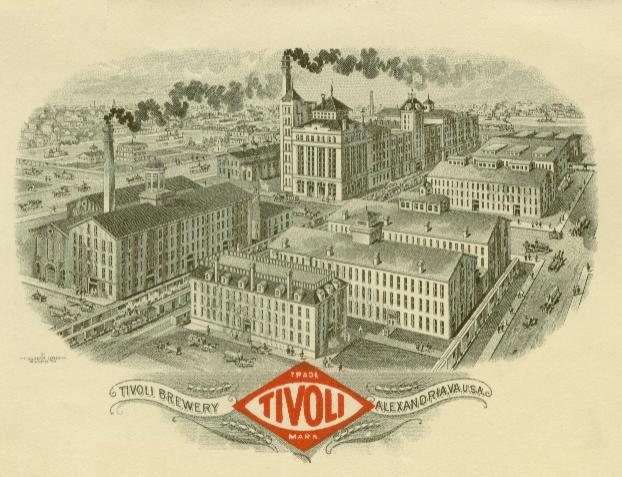
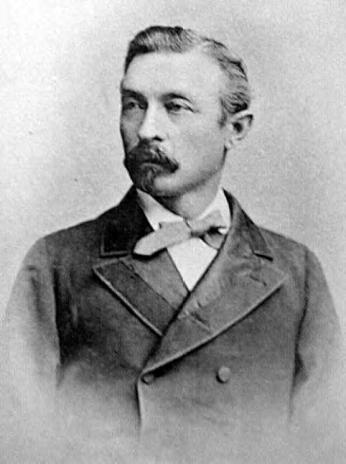
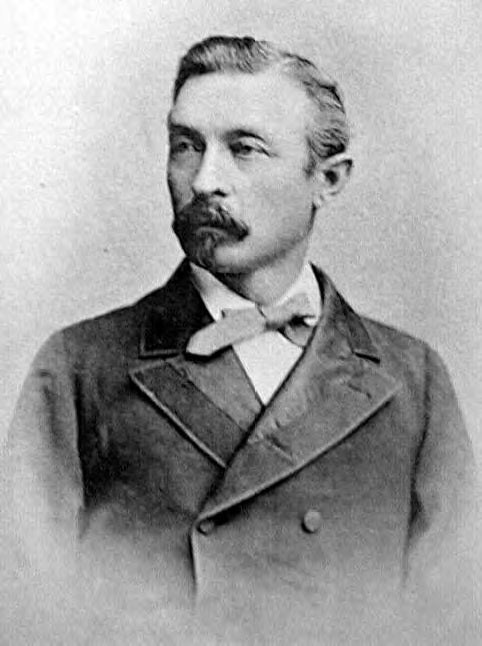
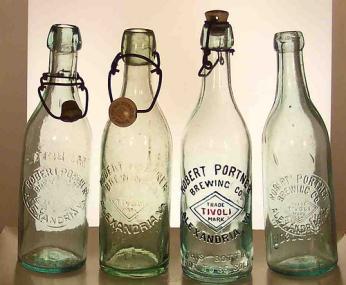
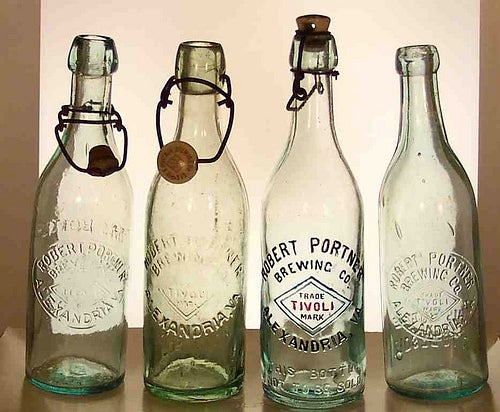
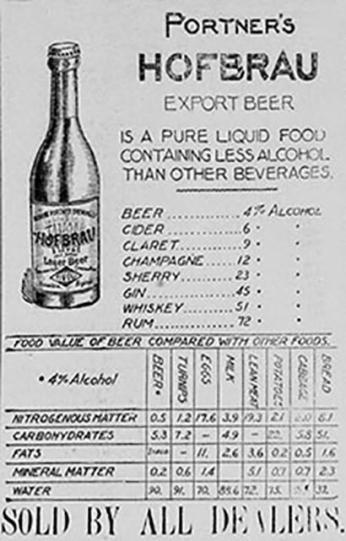
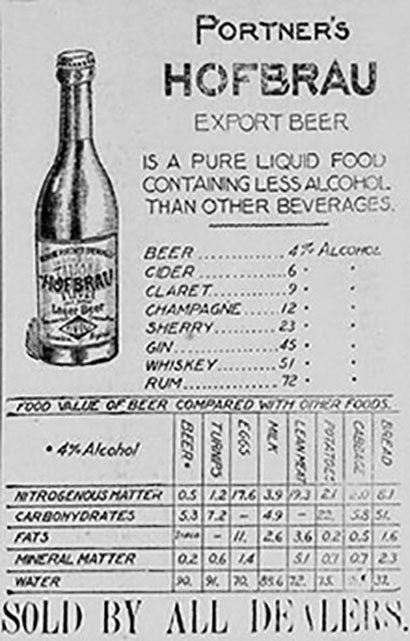
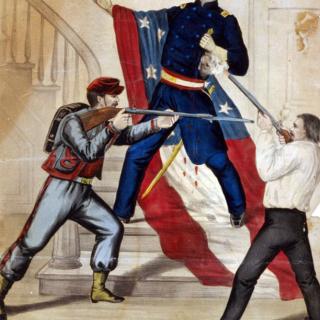

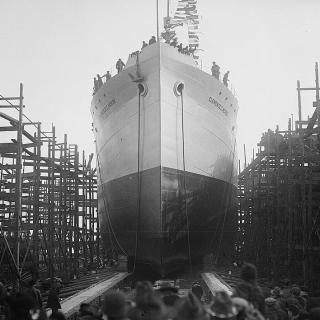
![Sketch of the mythical fuan by Pearson Scott Foresman. [Source: Wikipedia]](/sites/default/files/styles/crop_320x320/public/2023-10/Goatman_Wikipedia_Faun_2_%28PSF%29.png?h=64a074ff&itok=C9Qh-PE1)












